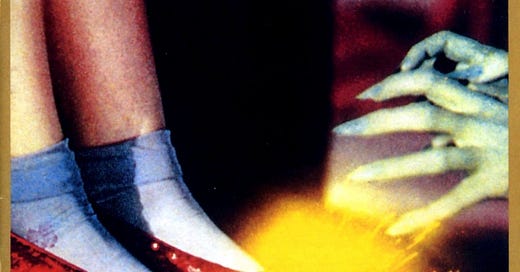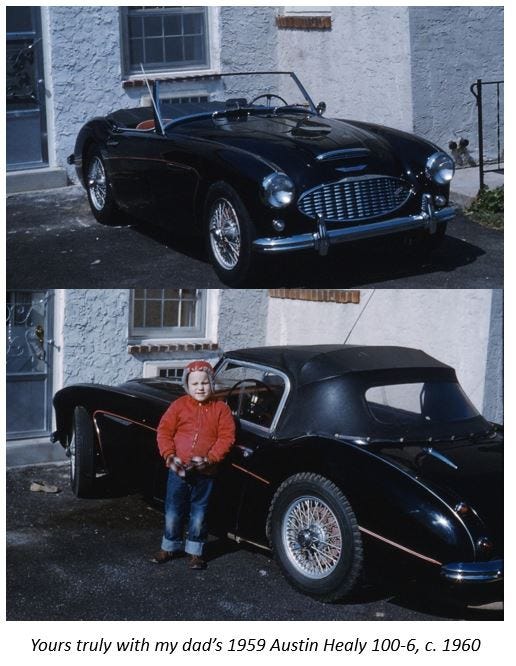You know, it hit me a few years ago when someone mentioned “the good old days” and they were referring to the 1990s. Those weren’t the olden days, that was just last week, oh, no wait, that was like 30 years ago. Dang.
I can remember a radio station in Philadelphia, WOGL 98.1, that played oldies from the 1950s and 1960s. Great stuff, The Platters, Jay and The Americans, Dion and The Belmonts, all the golden oldies. Then, to appeal to a younger audience, they changed their definition of “oldies” to the 1970s and 1980s. It was like the generational difference between the movies American Graffiti and Almost Famous.
In the eighth decade of my life things that seemed like yesterday were actually many years ago. I guess freezing our memories to a point in the past is a function of growing old, eh?
So, my granddaughter’s idea of an oldie might be Boyz to Men or Mariah Carey from 2015. My kids’ might be Janet Jackson, Depeche Mode or Whitney Houston of the 1990s. Mine might be Jefferson Airplane, The Eagles or The Rolling Stones from the 1970s. My parents’ oldies might have been Glenn Miller, Benny Goodman or The Ink Spots from the 1940s and 1950s.
Each generation’s past seems frozen in time. And we don’t always have the same affection for the music from a newer or older generation.
I can remember when my sister brought home an 8-track tape of newly-released “Eldorado” by The Electric Light Orchestra. Today ELO’s music is heard everywhere, most often for beer and car commercials. They’re mainstream. But keep in mind that this was 1974 and my parents were used to listening to Al Martino, Frank Sinatra and the like. ELO was something radical.
My sister nervously asked our dad if he’d like to listen to the album and, to his everlasting credit, he said yes and listened from the first to the last note. He wasn’t thrilled but politely said he enjoyed it. It was that generational music thing.
Well, recently I learned that it isn’t just music that’s generational, but cars too.
Members of the Greatest Generation like my parents tended to collect cars from their childhood. For example, my dad had a Model T Ford, a car that was common when he grew up.
If I were fortunate enough to be able to have a collectable car, it would be an Austin Healy like my dad’s:
My kids might want to collect a Ford Taurus SHO, like the one I had in 1990:
The cars that my generation may have collected are different from the cars that GenX and millennials seem to want.
Prices of the cars that the baby boomers like me collect, cars like vintage Packards, 1950s Cadillacs, even early to mid-1960s cars like Ford Thunderbirds, are seeing their prices drop as demand for them wanes.
Wealthy millennials are now looking for cars they grew up with, like Porche 911 Turbos, Acura NSXs, and 1990s Ferraris.
The 2024 Monterey Car Week just concluded. The event includes the Pebble Beach Concours d'Elegance where cars worth more than the GDP of some small countries are shown and judged.
The event also included the Mecum Monterey Auction which had some 1,100 cars on the block. Of those, over 160 were estimated to sell for $1 million or more. 16% of that group included cars considered to be modern, where “modern” refers to any car built after 1980. You can see from this chart that the number of super expensive modern cars for sale is slowly increasing.
So, if you’re fortunate (or unfortunate, depending on your view) to own a classic Packard, Bugatti or Duesenberg, the value and desirability of your four-wheeled baby might just be declining.
I wish I still had my SHO. It was one of my favorite cars. To a millennial it might be worth a lot more now than it was when I sold it but I’d love to have it back just to race it from one traffic light to the next!








Again a thoughtful read.
Love reading your articles!😘